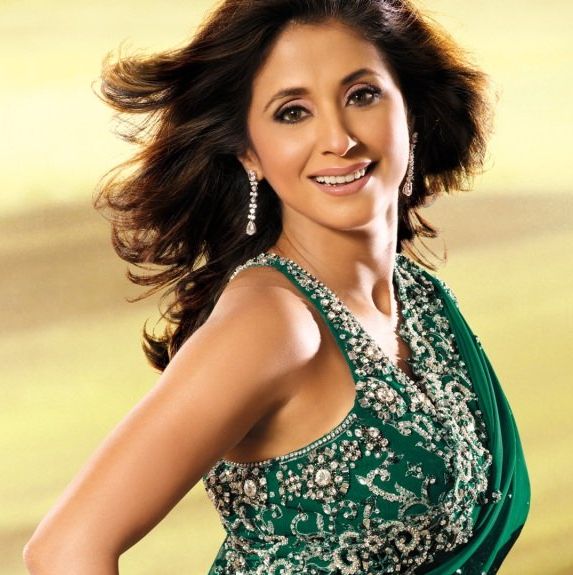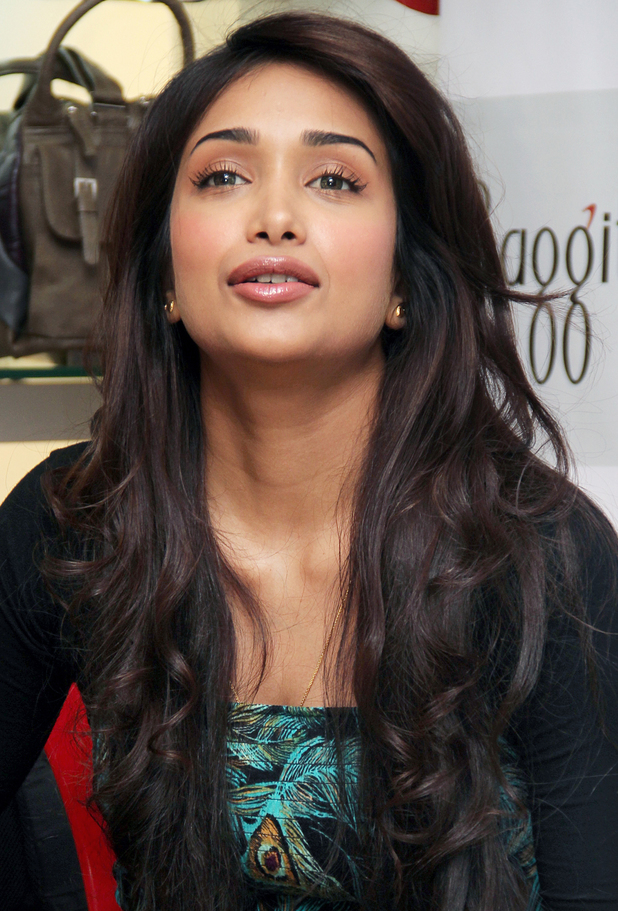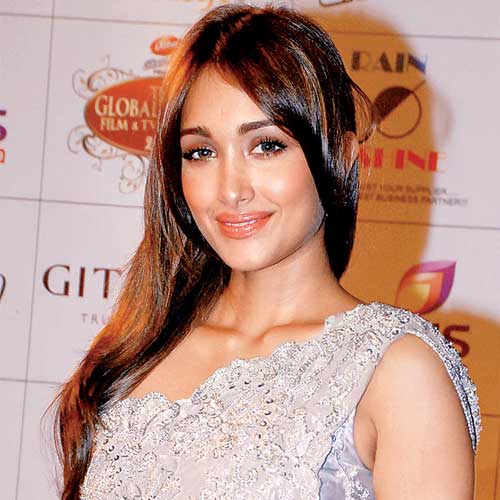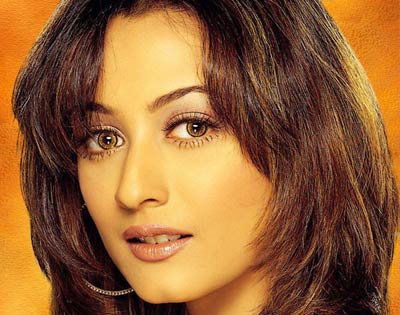Hot Indian Bollywood Actresses Biography
source(google.com.pk)With the acting benchmark set so high by some of the leading ladies of Bollywood movies of the black and white era. The road to stardom for the successive generation of female actors in Bollywood has not been easy but still many have manged to make a mark for themselves in an industry which is still dominated by male-centric movies.
Katrina Kaif etc
Aishwarya Rai – 1st November 1973
The best numbers among all the Indian actresses. In my article about Number 7 I had written about the presence of Number 7 to reach the pinnacle of success. For an actress to do well in her career a good psychic number is very important. Number 1 is excellent as a psychic number. Psychic 1 with destiny 5 is does wonders for career in field of art. Name number 25 is one of the best name numbers I have come across, but again, none of the other numbers should be 7. Name number 25 is shared by Bill Gates and L N Mittal as well.
Amisha patel – 9th June 1976
Destiny and psychic 2 and 9 or vice-versa will bring controversies in life. No wonder Amisha’s life has been full of controversies. She lacks a 1, 6 or 7 in her numbers. Name number 36 is not the best with psychic 9. Two 9′s means a lot of energy but these energies are wasted in the wrong direction without a strong number. In her case, the 3rd number is 2 which is not strong enough to take care of both the 9′s.
Amrita Arora – 31st January 1981
Any girl having psychic 4 with a destiny 6 has a reason to worry. These numbers bring serious problems in relationships. Amrita’s name number is 26 which is again not good with a psychic 4. No wonder she has never been able to do well in Bollywood. Her career will continue to remain dark untill at least she changes her name number. However, she is married now to a rich guy so she doesn’t have to worry much about the finances. But she might have to worry about her relationship in the future.
Amrita Rao – 17th June 1981
Excellent name number, 23, which is the best number possible for a psychic 8. This will help her rise in her career, but if numbers are not matched well it will be difficult for her to have a smooth personal life. Destiny 6 is bad for personal life of a female which can only be rectified if the horoscopes are matched or the name number is strong. Also destiny 6 makes girls enter into unwanted sexual relationships.
Ayesha Takia – 10th April 1986
Good numbers, this girl is there to stay in Bollywood for a while. A psychic 1 with a destiny 2 does not make the best combination but aided with a name number 25, this combination can do wonders. “WANTED” will Salman Khan has made her more wanted. 28th year onwards there will be a change in her career and it might go to the next level.
Bipasha Basu – 7th January 1979
Name number 33, my favourite and the best possbile in numerology. No wonder, iZodiaque is also 33 ;-) . However, psychic and destiny both as 7 makes a girl very controversial within herself. It is very difficult for anyone to understand her, no wonder John is still wondering whether to marry her or not. Her numbers are excellent for her career and 33rd-34th year of your life should be happening and good for her career.
Bhumika Chawla – 21st August 1978
Excellent psychic and destiny but with a really weak name number. Name number 40 does not do well with all psychic numbers. Also this number will not let have a girl smooth career. If she starts writing Bhumikka Chawla, things might get better as her new name number would be 42, same as SRK.
Celina Jaitley – 9th June 1981
Hardworking girl, but weak name number. Again a 7 destiny with a 7 name number creates problems. She should change her name number to 33 or 37. Having a destiny 7 can help her move up in the ladder. She is 29 now so a long way to go.
Deepika Padukone – 5th January 1986
This young lady is there to stay in Bollywood. She lacks a 7 so she will not be able to get what Aishwarya or Madhuri has achieved. Relationships will always be a problem with her, as a psychic 5 with a destiny 3 makes her highly egoistic and moody which is enchanced by a name number 64. She will be too clever and cunning in relationships and it will be difficult to handle her. Junior Mallya is doing a good job these days.
Diya Mirza – 9th December 1981
Two 4′s (22 and 4) can give someone fame overnight but that person will always keep on struggling to retain that position. She needs a name number of 1 or 6 to do well. Psychic 9 with a destiny 4 is not the best with the name number 22.
Esha Deol – 2nd November 1982
Money she will have plenty because of the name number 33, career and relationships will always be demanding. She is a highly confused, moody and a sensitive girl. She must be like a Mumma’s girl. 2 and 6, both are even numbers and these are not the best for a girl. A girl needs more of odd numbers to rise high in the career. A perfect example is Aishwarya Rai, did you ever notice that all the number is her date of birth are odd, 1-11-1973, also her psychic, destiny and name number, all of them are odd.
Gracy Singh – 20th July 1980
Again, same problem as Amisha Patel. Two 9′s giving a lot of energy going nowhere. A psychic 2 is not the best for a girl as discussed with Esha’s numbers. A name number of 33 can make her career move faster.
Hema Malini – 16th October 1948
One of the most successful actresses, also she has a number 7 as her psychic number. Destiny 3 brings problems in relationships as discussed earlier and no wonder she lives separate from her husband. Name number 30 is excellent and it is the same as Sanjay Dutt and Salman Khan.
Juhi Chawla – 13th November, 1967
Psychic 4 and destiny 2 is not a great combination but makes the person a bit lucky. Name number 32 is one of the best name numbers possible and helps psychic 4 grow. No wonder she has been with Bollywood for quiet a while and has some strong associations, yes am talking about SRK.
Kajol – 5th August 1975
Psychic 5 and destiny 8 brings instability in the career. But with a name number of 14 life does not remain very difficult. Also this is her 35th year which is the year of her destiny number (3+5=8). This makes her year important and no wonder we got the news recently that she and Ajay had a baby boy.
Kareena Kapoor – 21st September 1980
Three 3′s are good together indeed. Jupiter is the planet of prosperity and it brings stability in a person’s life. Kareena would be better with a name number 51. She will have a stable career but her personal life will have ups and downs.
Karishma Kapoor – 25th June 1974
A really good combination for career. No wonder she was doing really well in her career till she got married. Now Karishma has been changed to Karisma by a numerologist. This will make her life better in terms of personal life but career will not remain the same.
Katrina Kaif – 16th July 1984
The current queen of Bollywood, her numbers are good with a presence of 7 which has taken her at the top. Her name number is 28 which is not great and same as Akshay Kumar’s. She will be one of the top actresses for sometime but number 28 will keep on bringing ups and downs in her career.
Mallika Sherawat – 24th October 1981
Girls born on 24th are very sensuous, no wonder Mallika has been known for that in Bollywood. Her destiny number is 8 which will not let her have a clean reputation in Bollywood. Her name number 42 will always keep her in the limelight and she will have a good career in future,
Priyanka Chopra – 18th July 1982
Again 9′s and 2 meet. A psychic and destiny 9 person can be highly irritating at times because too many 9′s makes the person very restless. Priyanka should be one of the most hard working actresses in the industry but at the same time these numbers are not great for her personal life. A name number 6 can make things better.
Raveena Tandon – 26th October 1974
Psychic – 8
Destiny – 3
Name – 51
Date of birth 26 with a destiny number 3 leads to a divorce in most of the cases. We haven’t heard any bad news about Raveena yet but something can be expected in the coming years. She has to watch out her 40th and 44th year as those years can be demanding for her personal life.
Sonam Kapoor – 9th June 1985
Sonam will have a controversial personal life because of a 2 and a 9 as her destiny and psychic numbers. Absence of 4 and 8 will give her a good life and a decent career. But she is not the 1 who can become the queen of Bollywood. Recently she changed her name to Sonam A Kapoor (48) which will not help her much. Numerologists, she needs a number 6 or 7. Even 1 would be better than 3.
Sushmita Sen – 19th November 1975
She has the perfect numbers apart from the name number. Psychic 1 and destiny 7 can do wonders but with name number 40 personal life remains demanding. Also her career could have been much better with a name number 41 or 42.
Sonakshi Sinha – 2nd June 1987
I would say, very weak numbers to become an actress. She calls herself a Tom Boy, but the reality is that she is a very soft, sentimental and a confused girl. Her name number is excellent due to which she was lucky in getting good results for her first movie. If she continues doing sensuous roles, she can do well, however tom boy roles are just not for her. I wonder if she will stay in Bollywood for long.
Hot Indian Bollywood Actresses Actress Photos Images Wallpapers
.jpg)
Hot Indian Bollywood Actresses Actress Photos Images Wallpapers

Hot Indian Bollywood Actresses Actress Photos Images Wallpapers

Hot Indian Bollywood Actresses Actress Photos Images Wallpapers

Hot Indian Bollywood Actresses Actress Photos Images Wallpapers

Hot Indian Bollywood Actresses Actress Photos Images Wallpapers

Hot Indian Bollywood Actresses Actress Photos Images Wallpapers

Hot Indian Bollywood Actresses Actress Photos Images Wallpapers

Hot Indian Bollywood Actresses Actress Photos Images Wallpapers

Hot Indian Bollywood Actresses Actress Photos Images Wallpapers








































